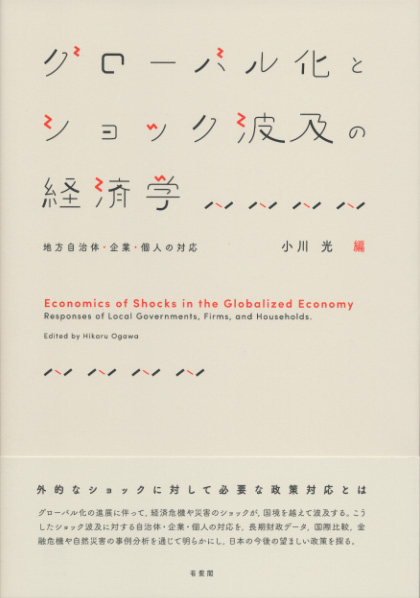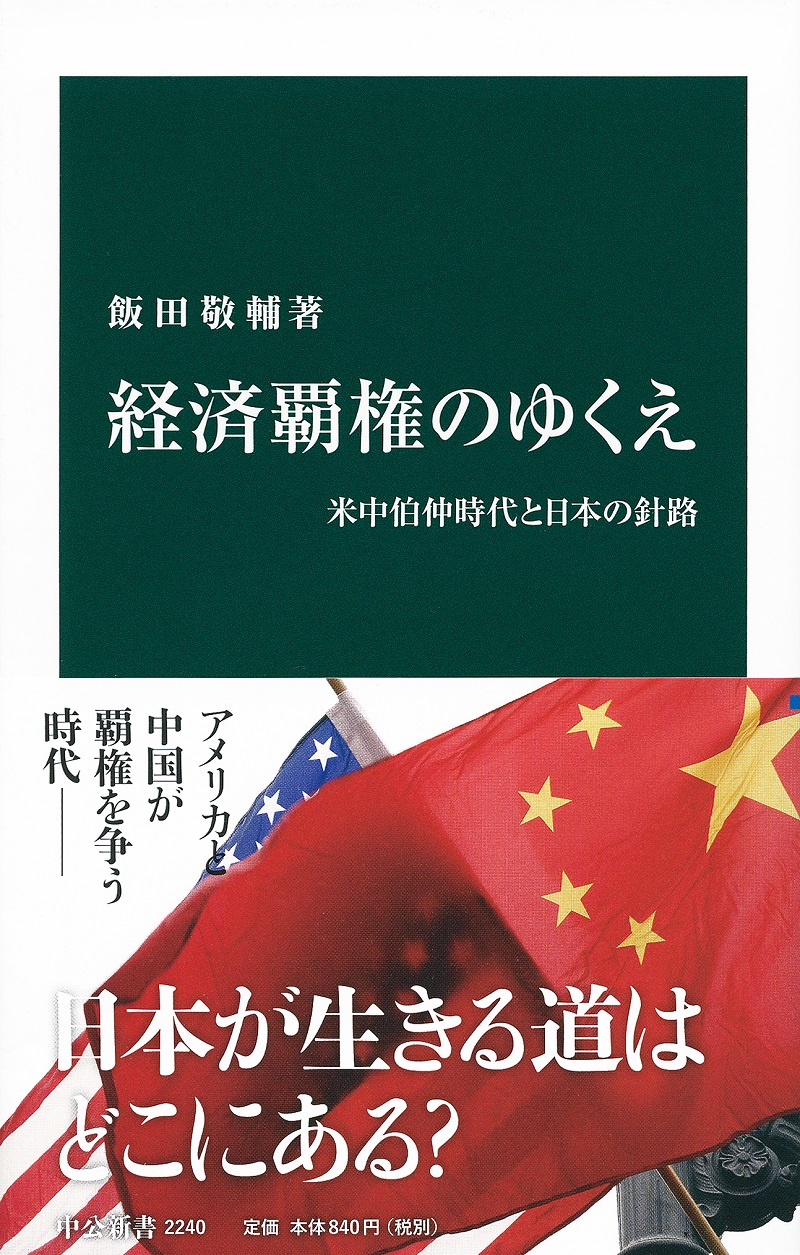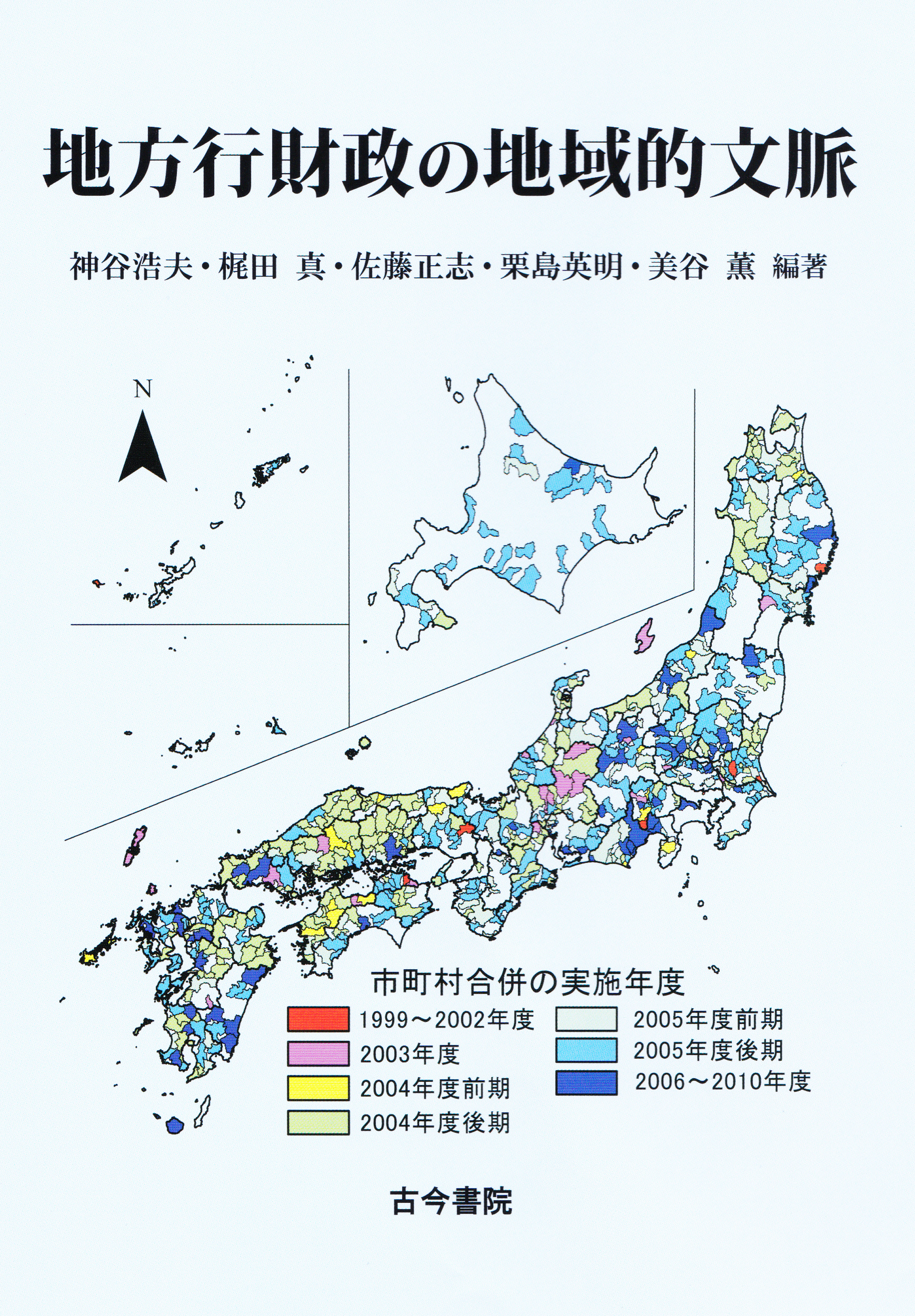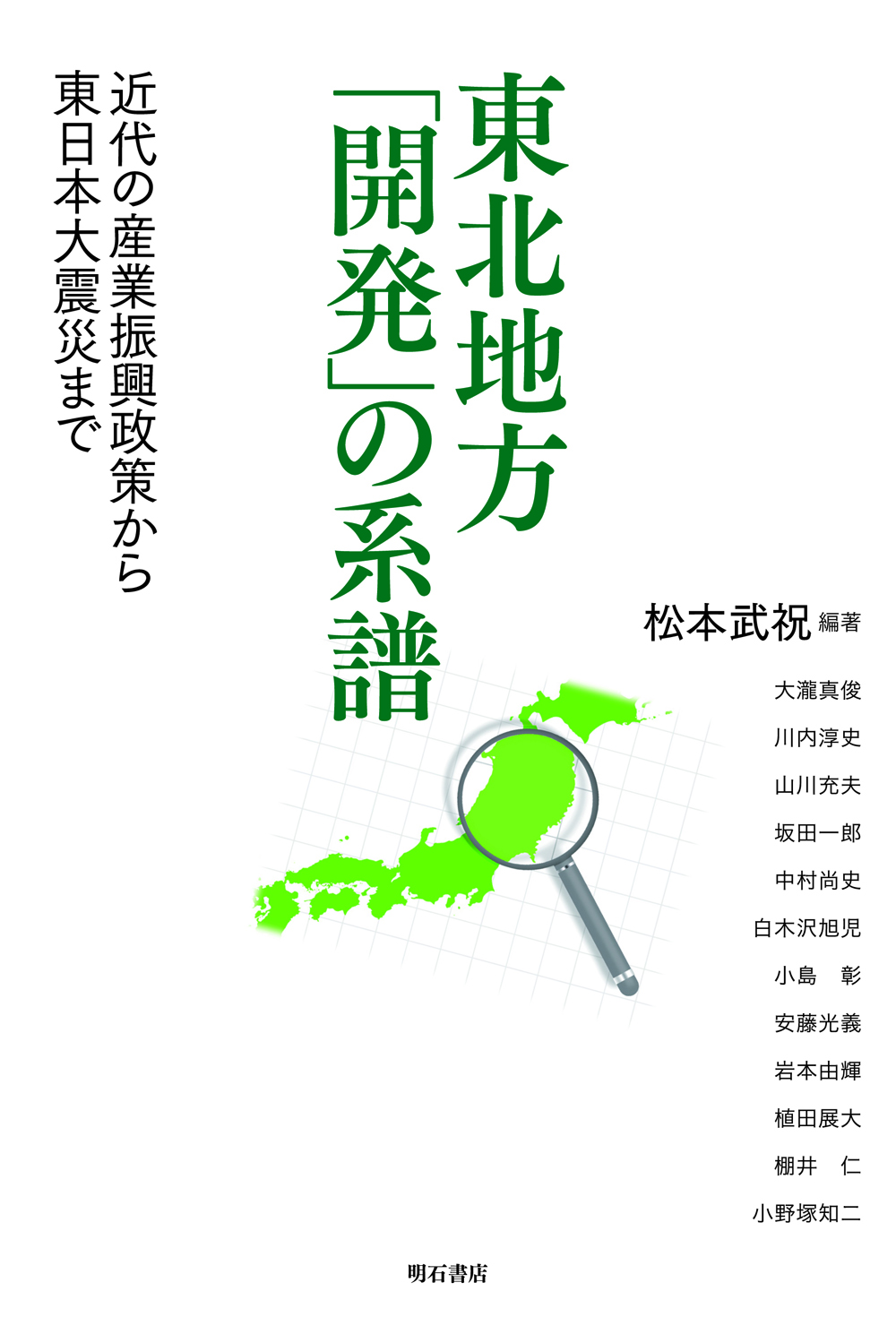
Title
Global-ka to Shock-hakyū no Keizaigaku (Economics of Shocks in the Globalized Economy - Responses of Local Governments, Firms, and Households)
Size
228 pages, A5 format, softcover
Language
Japanese
Released
October 15, 2016
ISBN
978-4-641-16485-7
Published by
Yuhikaku Publishing
Book Info
See Book Availability at Library
Japanese Page
Since the early 1990s, Japan's economic environment has undergone significant changes: Negative shocks occurred in shorter cycles than in the past and became to have a major impact. One source of shock is a natural disaster such as the Great East Japan Earthquake. The overseas economic events, such as the Asian currency crisis and the global financial crisis originating in the United States, have also impacted on Japanese economy through the global market. Of course, the spread of waves of shock is not a one-way. The Great East Japan Earthquake hits not only companies operating in Japan, but also overseas companies through global linkages of business activities.
If economic globalization is defined as strengthening the linkages of cross-border economic activities, globalization allows us to receive various benefits through trade, foreign direct investment, information exchanges, and labor mobility. At the same time, however, we also have the risk that the crisis occurred in one country easily crosses the border and spreads to other countries. The economic ties among the countries are expected to get stronger, implying that the economic shock arising somewhere in the world will further spread to Japan. At the same time, shocks occurred in Japan will also affect countries around the world.
This book analyzes the ex-ante and ex-post reactions of affected households, firms, and local municipalities. In a single global market, these agents cannot escape the influence of the global shock. They need their ex-ante and ex-post responses to soften the negative effects. The purpose of the book is to clarify the reactions of economic agents in Japan and provide policy implications to mitigate the negative impacts from these shocks.
In analyzing the reaction to exogenous shocks, it is possible to study how the economic agents have responded to external shocks from a long-term perspective using time series data. In contrast, there is also a way to focus on individual events such as the Great East Japan Earthquake to reveal the response of the individuals, firms, and local municipalities. In the first part of this book, using time-series data of Japan, we study the municipalities’ responses to the external shocks to maintain long-term budget balance. Specifically, we clarify what kind of policy instruments have taken and have been effective to adjust the negative shocks that hit the local municipalities. In addition, we study how the policy reactions of Japanese municipalities differ from those taken in other countries. In the second part, the case-study approach is employed to reveal the reactions of households, firms, and local governments. The target events are the 2008 financial crisis and the Great East Japan Earthquake. It is not only that huge earthquake occurred in the past, but also the event of a powerful earthquake in the Nankai Trough is expected to happen in not-so-distant future. We also study how households change their behavior according to the changes in the probability of earthquake occurrence.
Basing on the findings of the analyses, this book presents some policy implications and suggestions that serve as a reference for future response to external shocks and required policies.
(Written by OGAWA Hikaru, Professor, Graduate School of Economics / 2017)



 Find a book
Find a book






